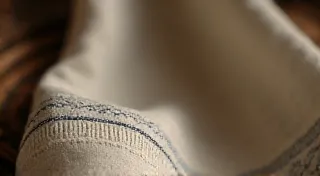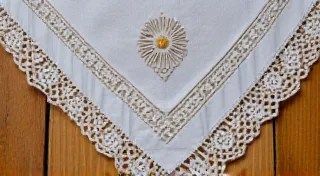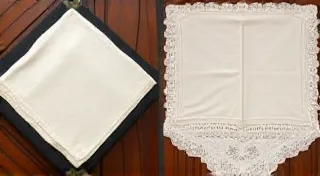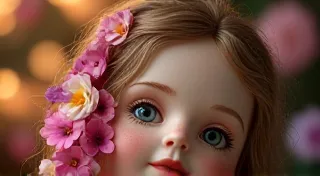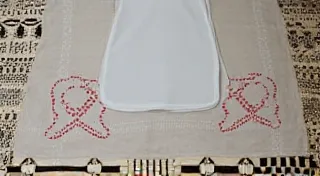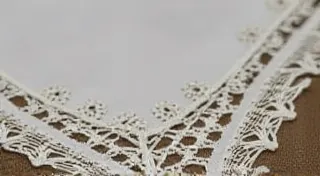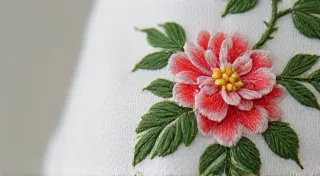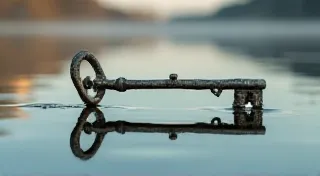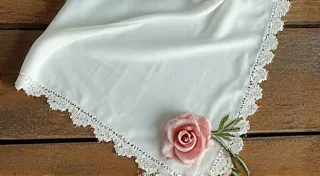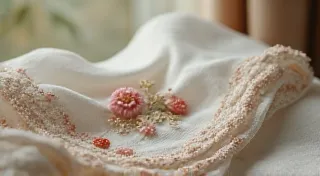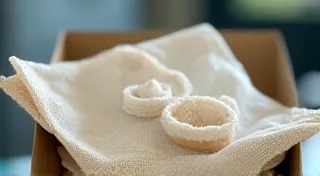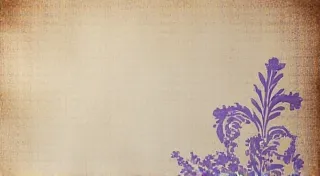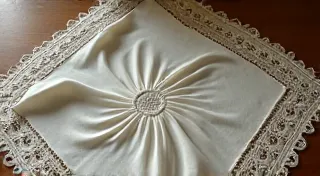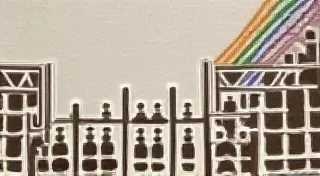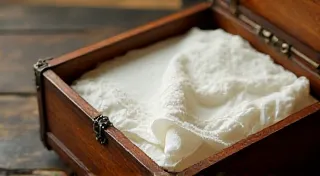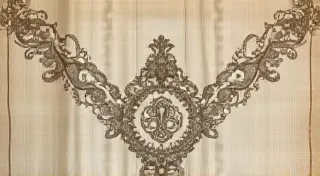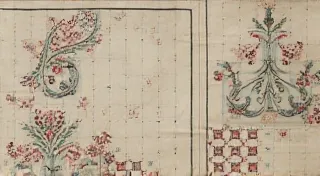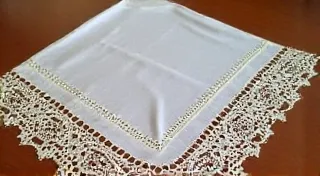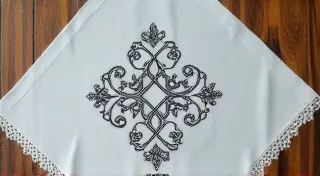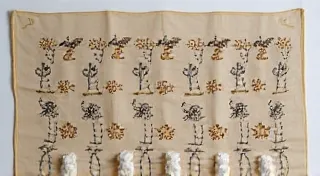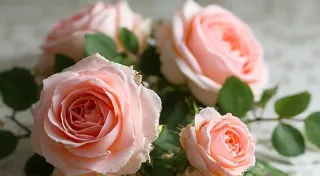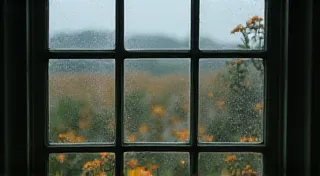Identifying Antique Handkerchiefs: A Collector's Guide
Delve into the delicate world of antique handkerchiefs – beautiful, evocative pieces of history woven with skill and sentiment. This resource provides a comprehensive guide to identifying, understanding, and appreciating these collectible linens. Whether you'll be researching the history of handkerchiefs or beginning your journey into collecting, you're sure to find something of interest here. Discover the beauty of antique textiles and the unique appeal of vintage fabrics.
Why Collect Antique Handkerchiefs?
Beyond their practical origins, antique handkerchiefs offer a unique window into the past. They are tangible links to previous generations, carrying echoes of lives lived, loves cherished, and social customs observed. These seemingly small cloths can tell stories far grander than their size suggests – stories of skill, love, loss, and social standing. They are a captivating blend of artistry, functionality, and cultural significance, making them incredibly rewarding to collect. Exploring antique textiles and appreciating the qualities of vintage fabrics is key to understanding their value.
Understanding the Fabric: Linen, Cotton, and Silk
The first step in identifying an antique handkerchief is understanding its fabric. The material used significantly impacts its value, age, and overall appearance. Did it come from understanding antique handkerchief fabrics: linen vs. cotton vs. silk? Understanding thread counts and fabric quality in antique handkerchiefs is paramount. Linen, known for its strength and elegance, was a common choice, particularly in earlier periods. Cotton, softer and more readily available later on, also gained popularity. Silk, the most luxurious option, signifies a high level of craftsmanship and wealth. Recognizing the differences between these fabrics is crucial in determining the handkerchief’s origin and approximate date. Examining vintage fabrics can provide clues about the era in which the handkerchief was made.
The Art of Embroidery: Stitching History
Beyond the fabric, the embroidery is often what truly defines an antique handkerchief. The stitches, the motifs, and the level of detail all contribute to its story. Common embroidery stitches explained: a visual guide offers a great introduction. The skill and artistry of the embroiderer are often remarkable. Many antique handkerchiefs showcase intricate designs, often employing delicate floral patterns and personalized monograms. To fully appreciate the artistry, it's essential to understand the techniques used – from simple satin stitch to more complex forms of lace. A fascinating facet of antique handkerchiefs lies in the symbolic language woven into their designs, the symbolism of flowers on antique handkerchiefs offering a vibrant palette of meanings. The quality of the textiles significantly impacts the overall appearance and feel of the embroidery.
Lace and Edge Treatments: A Delicate Finishing Touch
The edges of antique handkerchiefs were often finished with intricate detailing, ranging from simple hem stitching to elaborate lace insertions. Recognizing different techniques like point lace, drawn thread, and more can provide valuable clues to its origin and age. The type of lace used – whether hand-made or machine-made – is another crucial factor to consider. The skill required to create these edge treatments is often astounding, and their presence elevates the handkerchief to a level of exceptional artistry. The choice of fabric, a key element in vintage fabrics, directly influences the suitability for various edge treatments.
Dating Your Handkerchief: Clues to its Age
Determining the age of an antique handkerchief can be challenging, but several clues can help narrow down the timeframe. Fabric type, embroidery techniques, color, and the presence of monograms are all important factors. Dating handkerchiefs by color: natural dyes vs. synthetic dyes provides valuable insights – natural dyes, prevalent in earlier periods, offer a different appearance than the brighter, more vibrant hues of synthetic dyes that became common later on. Careful examination of the textiles used can reveal valuable insights.
Regional Variations: Embroidery Across the World
Just as fashion and art varied from region to region, so too did the embroidery styles on antique handkerchiefs. Regional variations in antique handkerchief embroidery reveal distinctive patterns, stitches, and motifs that reflect the cultural heritage of different areas. This geographical specificity can be a key factor in identifying the handkerchief’s origin. Differences in the vintage fabrics available in various regions also contributed to these stylistic variations.
Irish Crochet Handkerchiefs: A Legacy of Skill
Irish crochet handkerchiefs hold a special place in the world of collectible linens. Identifying Irish crochet handkerchiefs: characteristics and origins explores the unique characteristics and fascinating history of this intricate craft. Characterized by its open, airy design, Irish crochet reflects the ingenuity and skill of the women who created it. The quality of the textiles used in Irish crochet contributed to its distinctive appearance.
Spotting Fakes: Authenticating Your Finds
Spotting fakes: how to authenticate antique handkerchiefs provides practical advice on identifying reproductions and ensuring the authenticity of your finds. Careful examination of the fabric, stitching, and overall construction is crucial. Checking the quality of the vintage fabrics can be a key indicator of authenticity.
Beyond the Collector’s Eye: The Fragility of Memory
Antique handkerchiefs are more than just beautiful objects; they are powerful reminders of lives lived and stories lost. Ephemeral echoes: the fragility of memory woven into collectible linens reflects on the poignant connection between these linens and the memories they hold. They speak to the ephemeral nature of time and the importance of preserving the tangible remnants of the past. The the whispers of threads: unraveling personal narratives in antique linen highlights the possibility to discover these forgotten stories through a careful examination of the linen. Understanding the historical significance of textiles adds depth to appreciating these heirlooms.
Caring for Your Collection: Preservation Tips
How to care for your antique handkerchief collection offers practical tips on protecting these delicate treasures from damage and deterioration. Proper storage, gentle cleaning, and mindful handling are essential for ensuring their longevity, especially for delicate vintage fabrics.
Getting Started: A Beginner’s Guide
For those new to antique handkerchief collecting, understanding the basics is key. A beginner's guide to hand embroidery on antique handkerchiefs introduces essential terminology, techniques, and resources to get you started on your collecting journey. Learning about different types of textiles is a great starting point.
The Bloom of Silence: A Language of the Past
Antique handkerchiefs are frequently associated with romance and quiet intimacy. The bloom of silence: hand embroidery as a language of the lost discusses how these items were used to convey messages during a period when expressing affection could be restrained by social etiquette. The choice of vintage fabrics also played a role in the symbolism attached to these gifts.
Understanding Late 19th and Early 20th Century Handkerchief Trends
The late 19th and early 20th centuries marked a period of significant social and economic change, reflected in the evolving styles of handkerchiefs. Late 19th and Early 20th Century Handkerchief Trends reveals the shifting design preferences, new technologies, and cultural influences that shaped the aesthetics of this era. Advancements in textile production heavily influenced the evolution of handkerchief styles.
